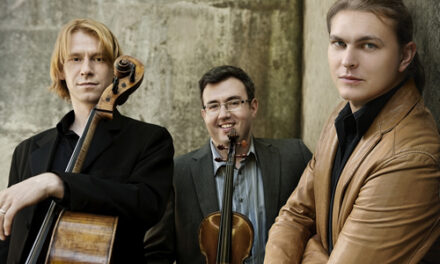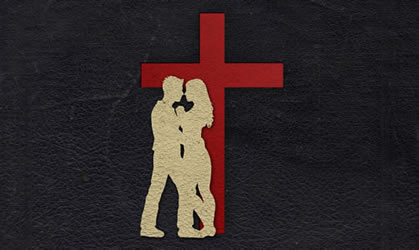On November 6, a brilliant blue late autumn day in Durham, Hopkinson Smith appeared in the Nelson Music Room to perform a recital on the lute, an ancient and honorable instrument. In fact, the lute is known as “the King of instruments” – the only caveat being that this title was last bestowed around the year 1600. For many – and even the most knowledgeable – musicians, the lute is about as anachronistic as the catapult. Often incorrectly described as some sort of ancient guitar, the lute goes back nearly to the dawn of non-vocal music-making; almost every culture has an instrument that is at least to some degree similar in character and construction. Throughout the ages, lutes have undergone a series of changes, mainly involving the number of strings or “courses,” culminating in the baroque lute with thirteen courses.
The instrument that Smith played is a copy of a Renaissance lute, built in New Hampshire in 2002. This was the standard instrument during the late 16th and early 17th centuries throughout Europe. It uses eight courses, all double strings except for the highest, which is single. The lutenist plays from manuscripts that are not the notated music we know today but tabulature. This is not unlike the “tabs” you see in many guitar editions for people who do not read music, although I’m sure lutenists would be horrified to have their repertoire compared to a Britney Spears songbook!
It has become an accepted rule of our day that we should not deal in stereotypes of any kind. Notwithstanding the political correctness police, some people actually thrive on these perceived traits and welcome being viewed in a certain way, based on their academic specialties. Like many scholarly types who have devoted their entire lives to the study of a certain historical discipline, Smith presents the demeanor of someone who occupies a world not of this time. Born 400 years too late, he speaks, plays, and gives off the aura of someone stuck in hellish modern times when all he really wants is to be the court lutenist for Queen Elizabeth – the First.
The programming on this recital, subtitled “The Winds of Change,” was a nearly perfect representation of the magnificence of this instrument and the incredible wealth of music composed for it. All of the works were composed by lute players in the early 17th century, and they gave us hints of the stylistic differences among Italian, French, and English composers. The first set was a group of short pieces by Robert Ballard from a collection published in Paris in 1611. Most notable among these was the last of the group, a folk-inspired set of Branles. They are some of the lute pieces brilliantly transformed and orchestrated in Ottorino Respighi’s “Ancient Airs and Dances.”
Although often compared with other “old” instruments like the harpsichord, the lute has not, to my knowledge, inspired any modern compositions like its keyboard cousin has. Listeners who have experienced the lute only on recordings might be surprised at its intimacy and delicate nature. Despite its overall limited volume, it possesses a discernible dynamic range, and Smith was able to elicit subtleties of tone, phrasing, and power that provided the feeling of a tiny but perfectly balanced orchestra. This overall reduced volume forces a different kind of listening experience that brings an enhanced focus to the recital hall.
The second half began with several “tocattas” and correntes by the Italian composer Giovanni Girolamo Kapsperger, who was of German descent, obviously, but born in Venice. These are fascinating and quite modern-sounding virtuoso works far afield from the pleasant courtly dances of the French and English styles.
If you could apply the label “superstar” to only one composer/lutenist, it would have to be John Dowland, almost an exact contemporary of William Shakespeare. This was indeed the “Golden Age of English Lute Music,” and Dowland continues to be celebrated as its leading figure. There are many recordings of his complete works, and Smith gave us as close to a “Dowland’s greatest hits” package as you can find, placing them on both halves of the program. The titles themselves evoke the majesty and formality of the age: The most sacred Queen Elizabeth, her Galliard, and The Right Honorable Robert, Earl of Essex, his Galliard. It was in these two works, however, that I took exception with Smith’s playing, for when arriving at the faster scale passages, there was a noticeable slowing down, not metrically in synch with the earlier tempo, set at the start. It was hard to tell whether this was an intentional stylistic approach.
This lovely trip back to circa 1600 ended with an exciting flourish – Dowland’s Fantasie. There are several Dowland works with this title, but this is the main one that classical guitarists struggle with, since it transfers beautifully to the modern guitar. A contrapuntal masterpiece every bit as complex and rich as anything by Bach, Hopkinson Smith clearly showed why the lute once ruled the musical world. It also helped explain his wry, almost sad comment that, for the lute, “the past is the future.”













